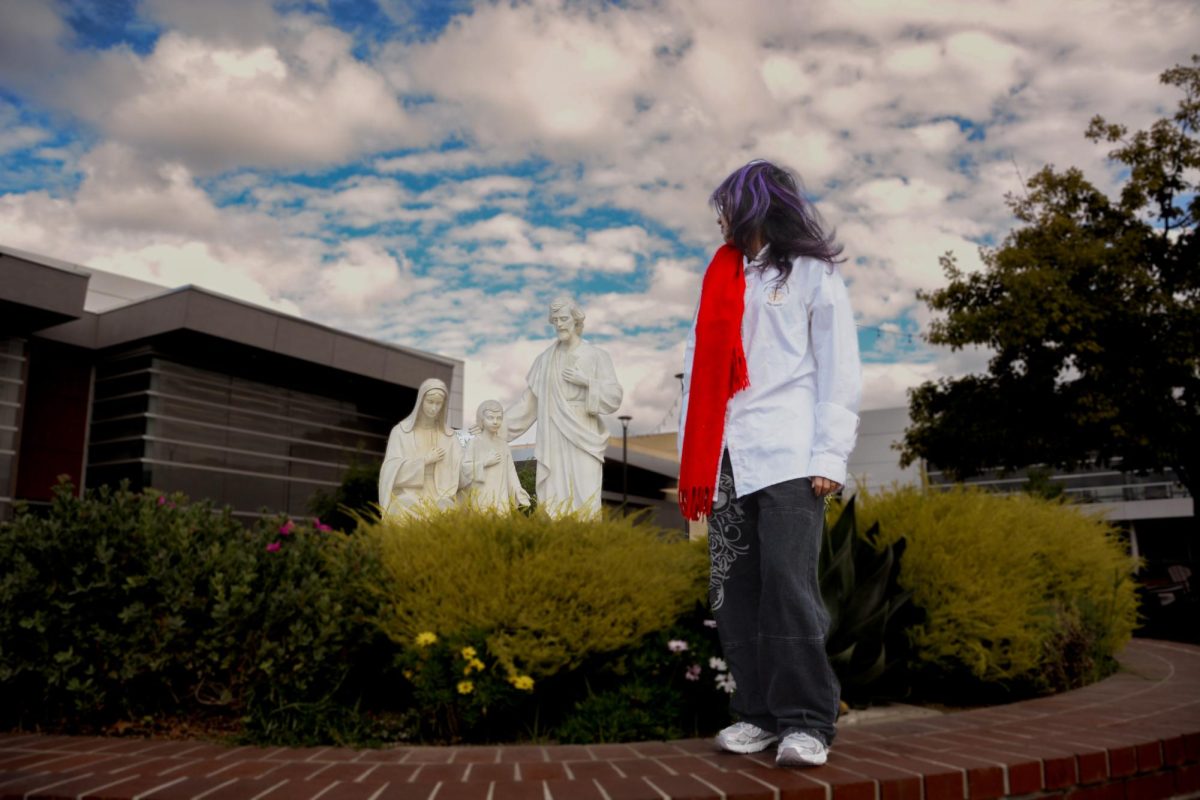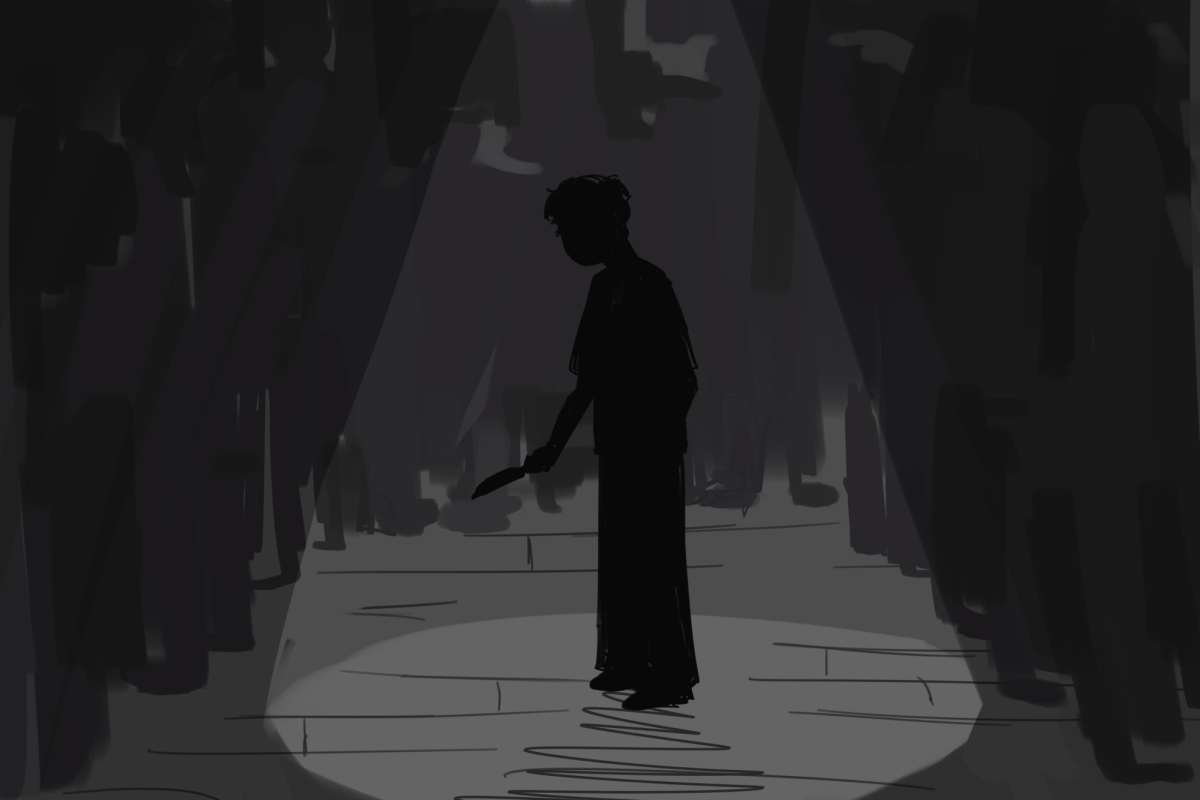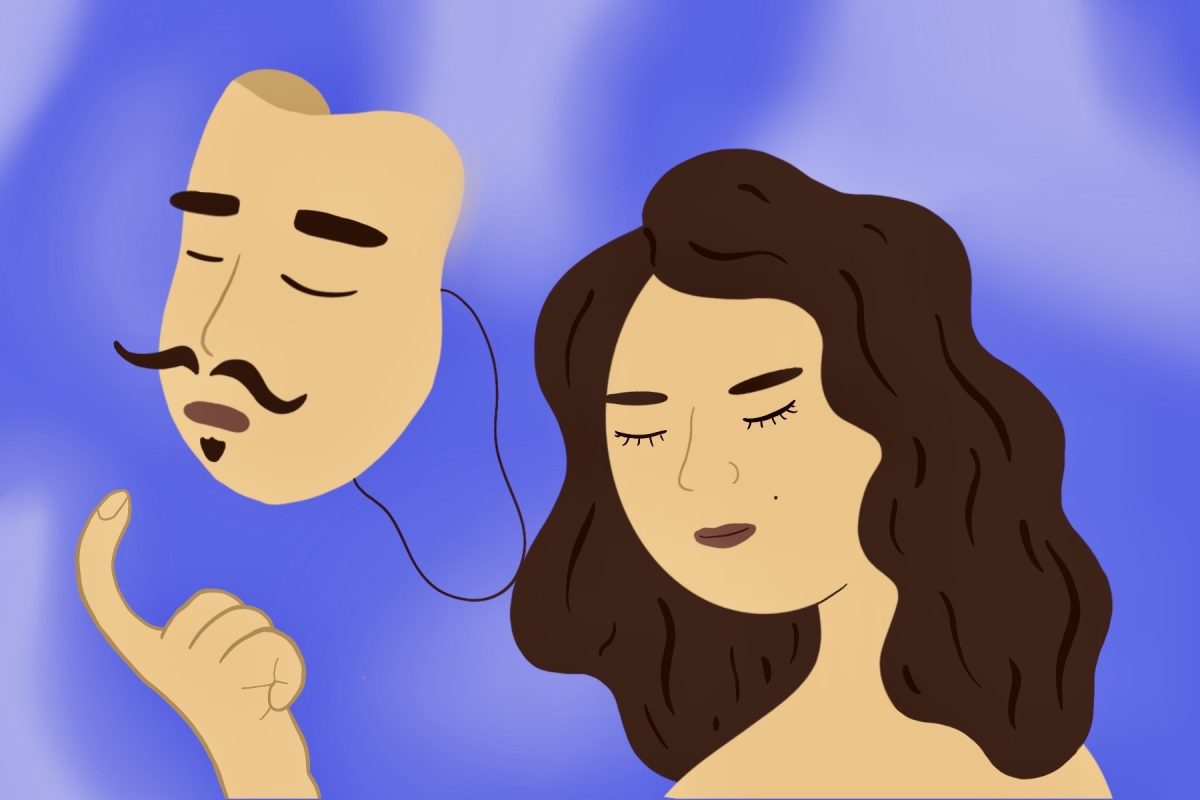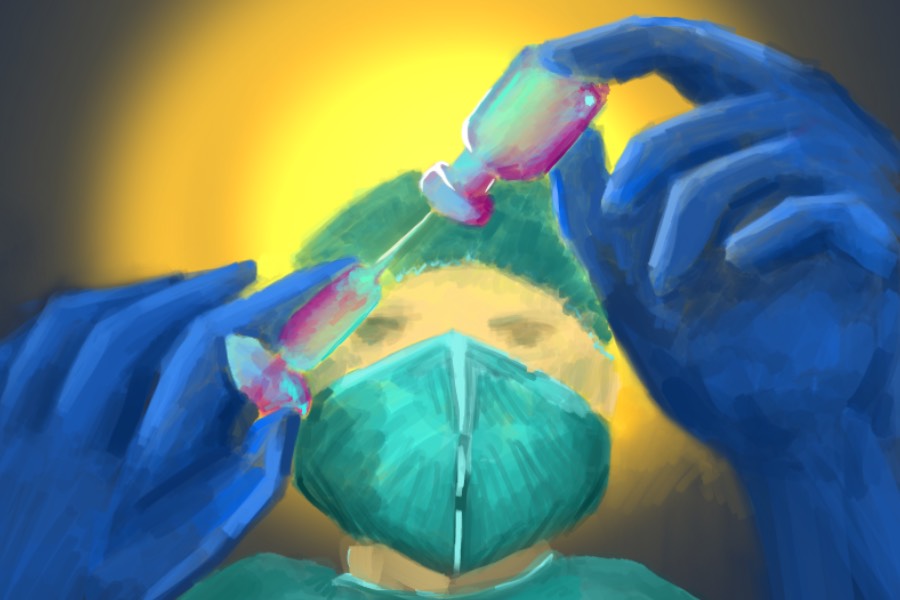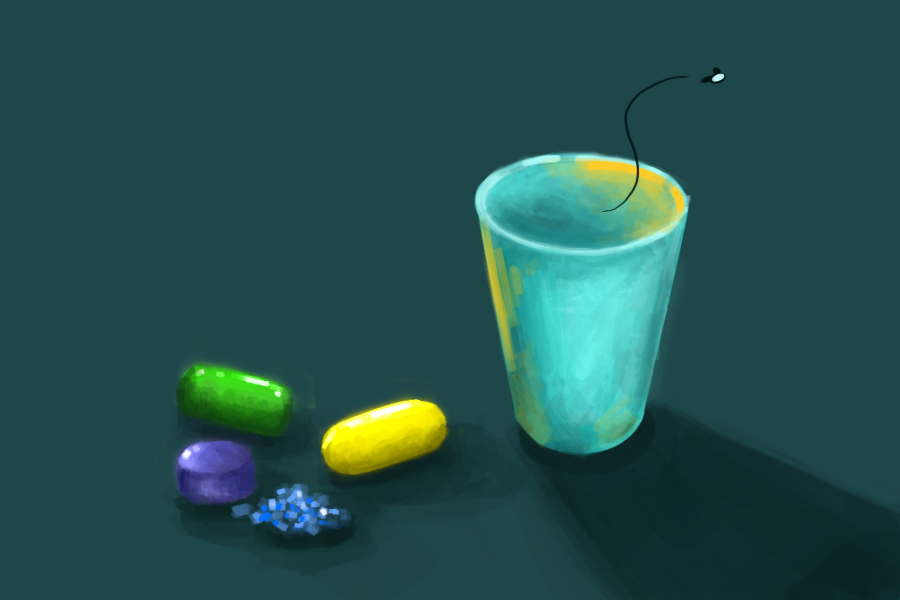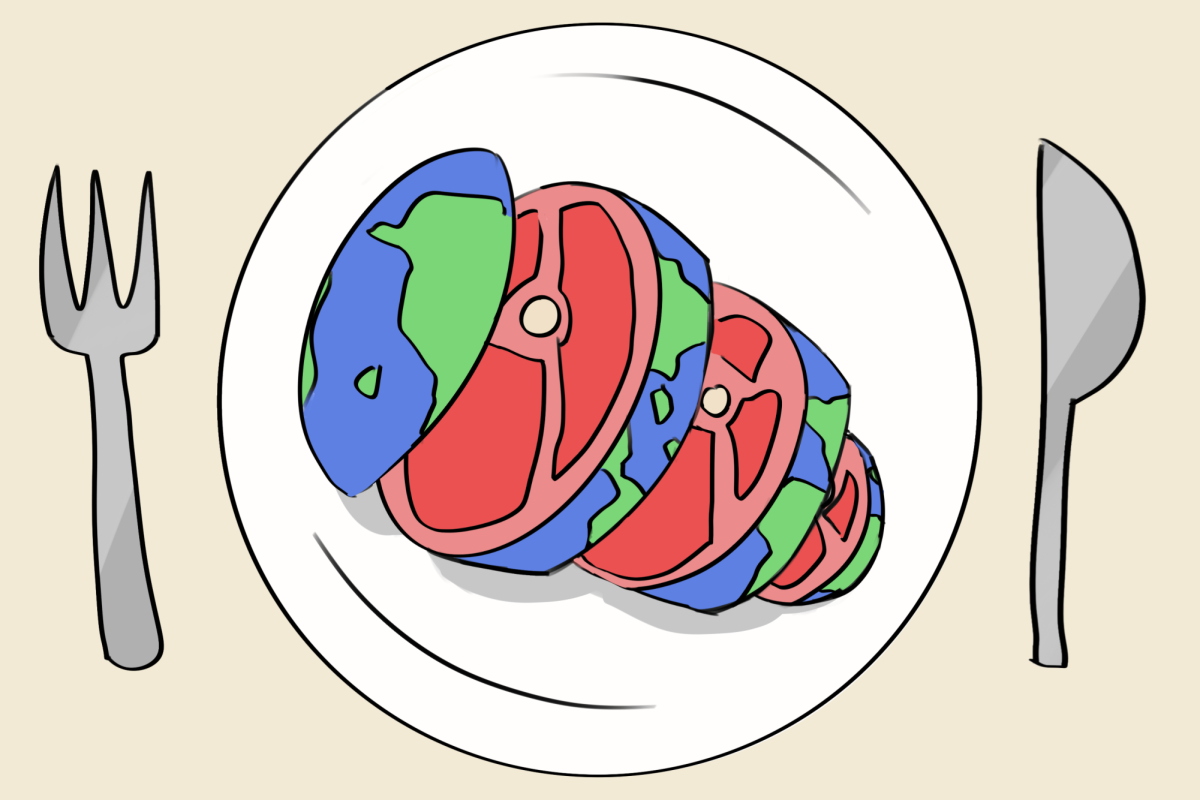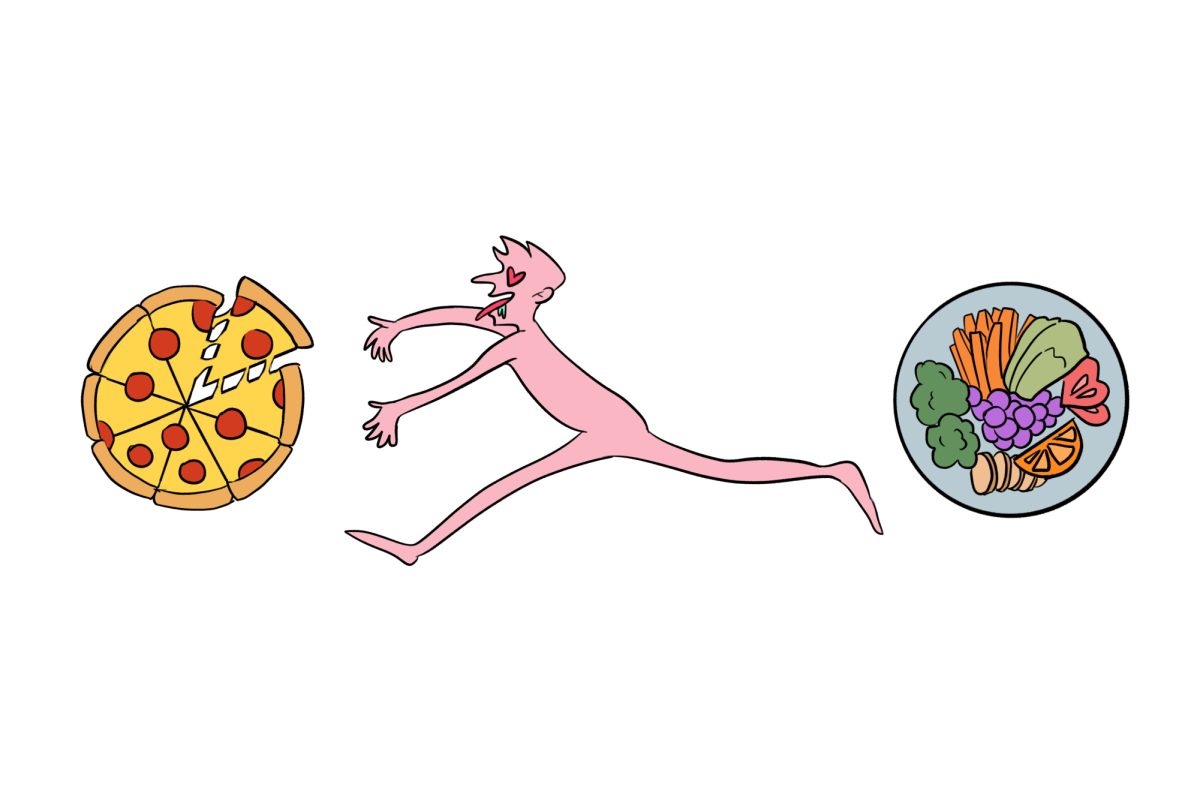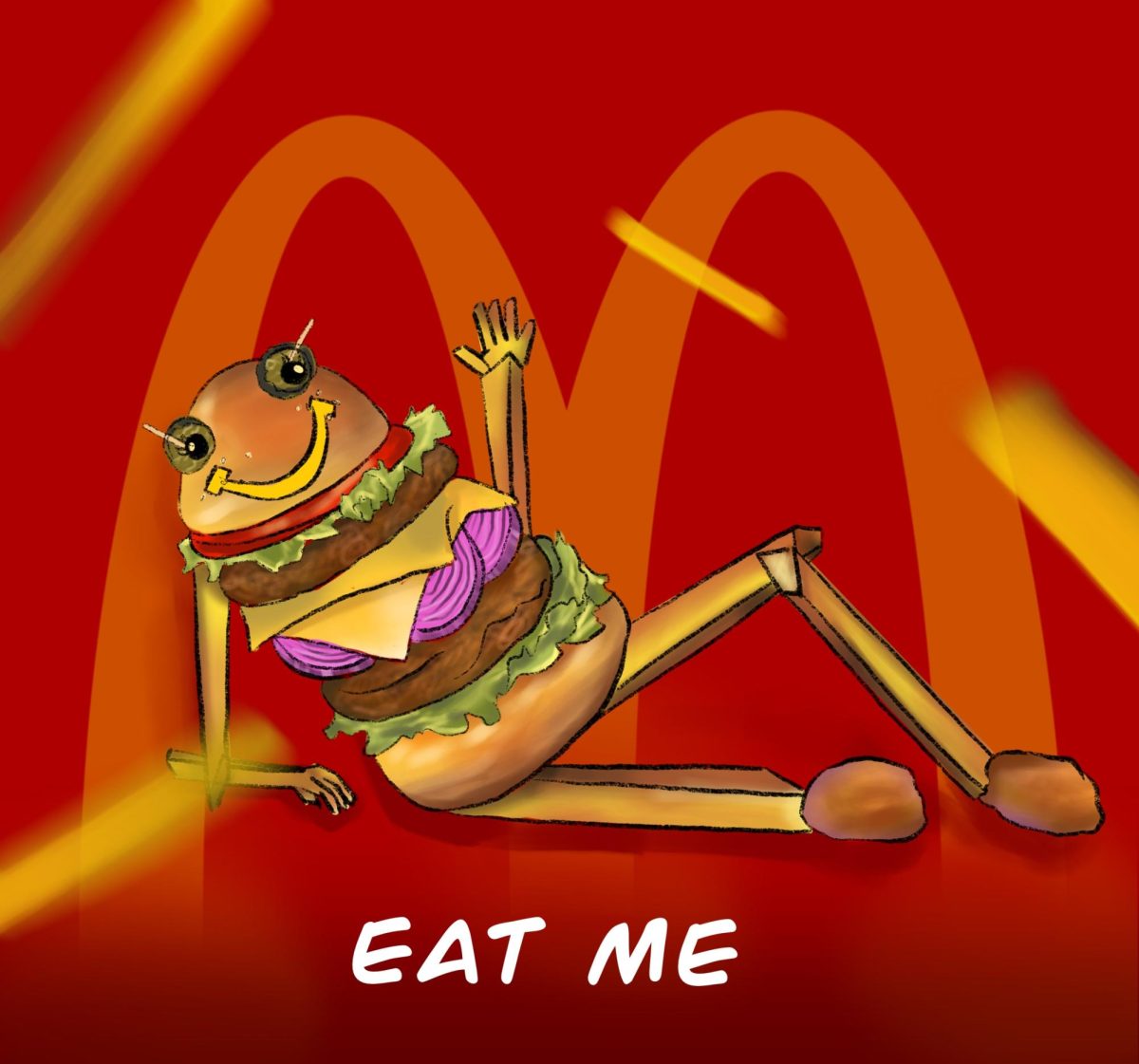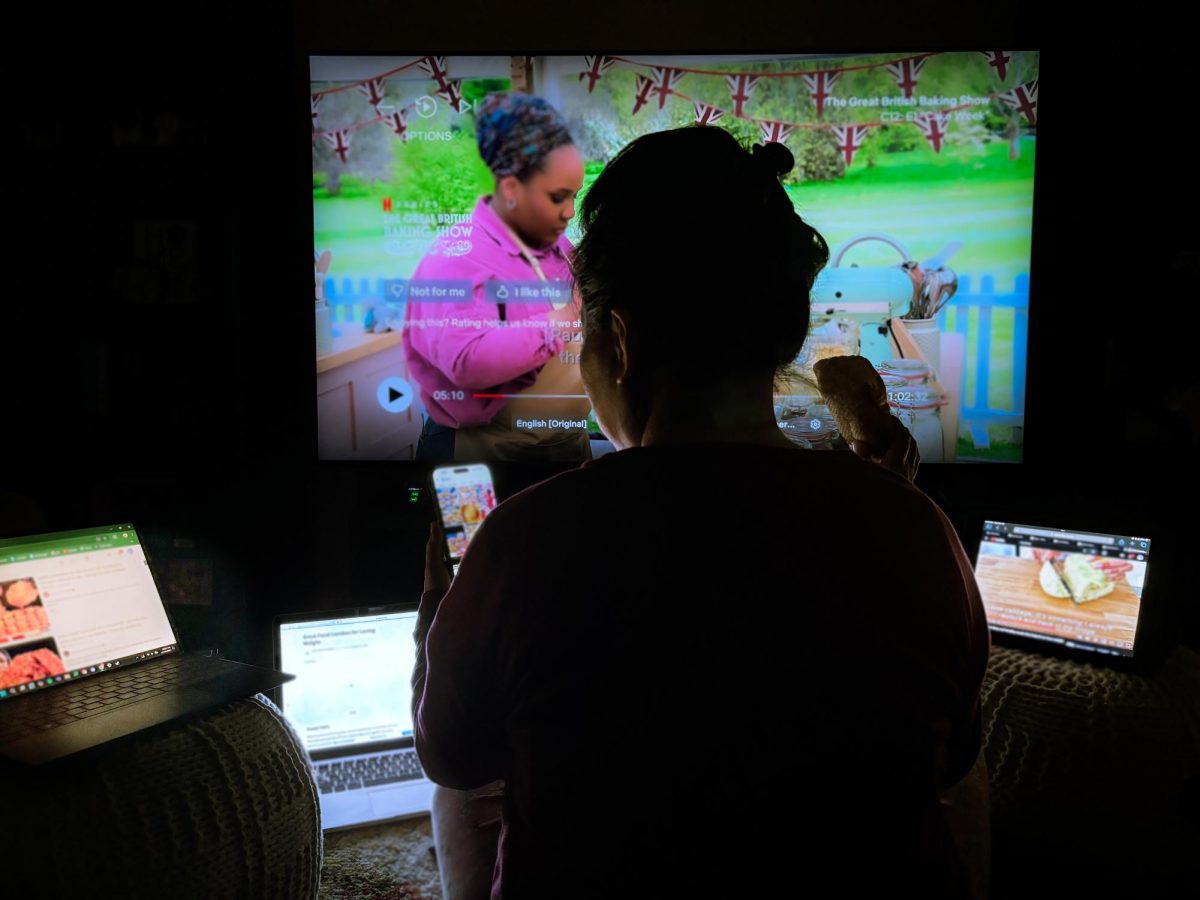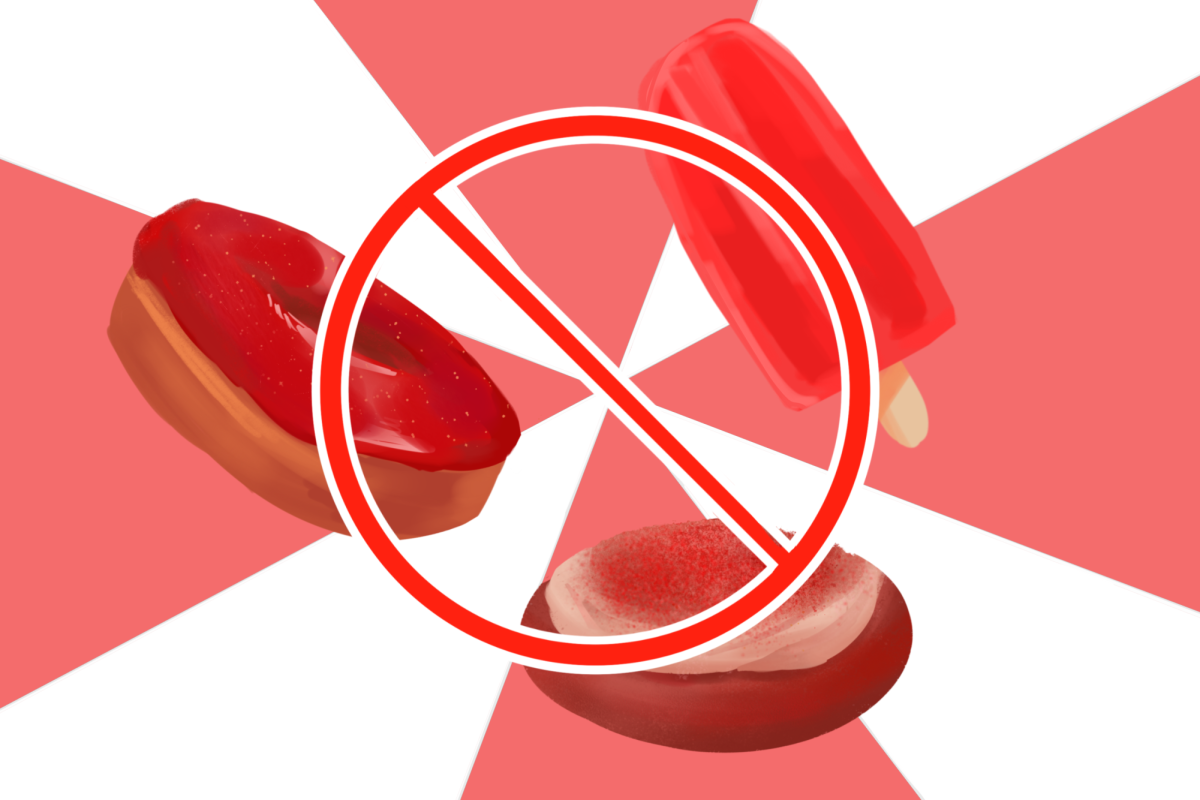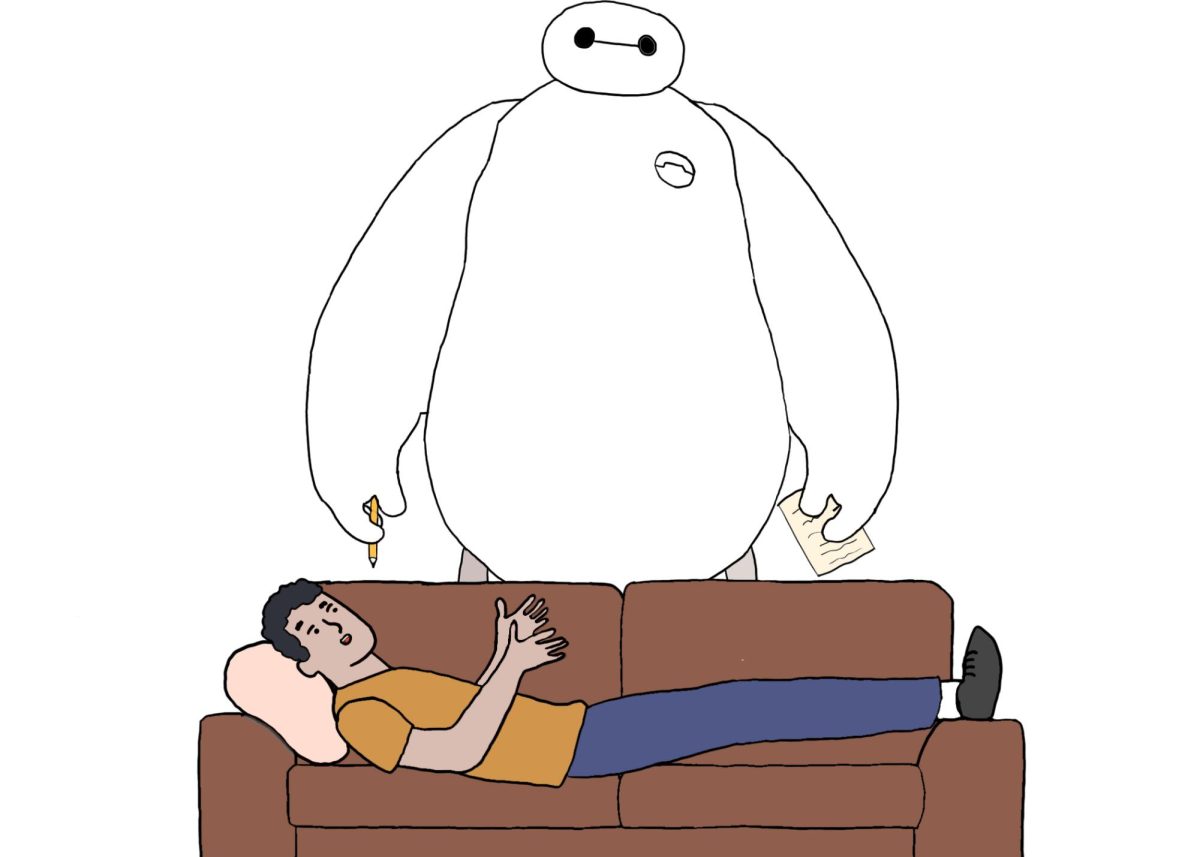In mid-January, the US Food and Drug Administration (FDA) announced the banning of Red Dye No. 3 in foods and ingested drugs. As a result, controversial issues surrounding color additives and health problems have resurfaced. Red Dye No. 3, also recognizable on food labels as FD&C Red No. 3, Red Dye 3, and erythrosine, is responsible for the cherry-red color in many popular foods. The ban will force companies to reformulate their products without erythrosine before January 2027, allowing certain drug manufacturers until January 2028 to make this change.
This synthetic color additive is commonly found in colorful candies, drinks, and cereals. It was also used in topical medicines and various cosmetic treatments until its banning in 1990. According to the Center for Science in the Public Interest (CSPI), over 9000 US food products contain Red Dye 3, so the risk it presents is very real. Multiple food companies, including Nestlé and Dunkin’ Donuts, have already announced that they are in the process of removing this ingredient from their products.
Red Dye 3’s ability to cause cancer was confirmed in a study on male laboratory rats over three decades ago, yet it took a color additive petition from 2022 and the Delaney Clause of the FD&C Act for the FDA to finally ban the dye. According to the FDA, “The Delaney Clause, enacted in 1960… prohibits FDA authorization of a food additive or color additive if it has been found to induce cancer in humans or animals.”
Red Dye 3, which was approved for food use in 1907, has not been linked to human cancer, but according to Dr. Peter Lurie, the president of CSPI, this has more to do with a lack of research than a lack of correlation. For one, it is unethical to give human participants a substance that may cause cancer. Additionally, since so many people consume this dye on a daily basis in unknown quantities, it is difficult to directly attribute any one cause of cancer for its consumers.
The ban of Red 3 has brought up concerns about the use of other potentially harmful synthetic food dyes. In 2023, California passed a law that banned six food dyes, namely Blue No. 1 and Red No. 40, from meals served in public schools due to health safety concerns. Among them, a 2021 study found Red 40 responsible for neurobehavioral problems and accelerated immune system tumor growth in mice, and in 2015, a study found that Blue 1 caused developmental delays, behavioral difficulties, and inhibited nerve cell development in animals. Some scientists are worried about the effects these dyes could have on children, which has led some countries to require products containing dyes like Red 40 to list health warnings on their packaging.
Many experts welcome the ban of Red 3, as it removes an unnecessary hazard from the US food supply. Dr. Lurie explained his stance on the inclusion of food dyes in many common foods: “The primary purpose of food dyes is to make candy, drinks, and other processed foods more attractive. When the function is purely aesthetic, why accept any cancer risk?”
Although consuming small amounts of Red Dye No. 3 is not a huge deal, experts including Dr. Jennifer Woo Baidal, an associate professor of pediatrics at Stanford University, still recommend checking the product labels for Red 3 and other possibly harmful dyes to reduce health risks.



